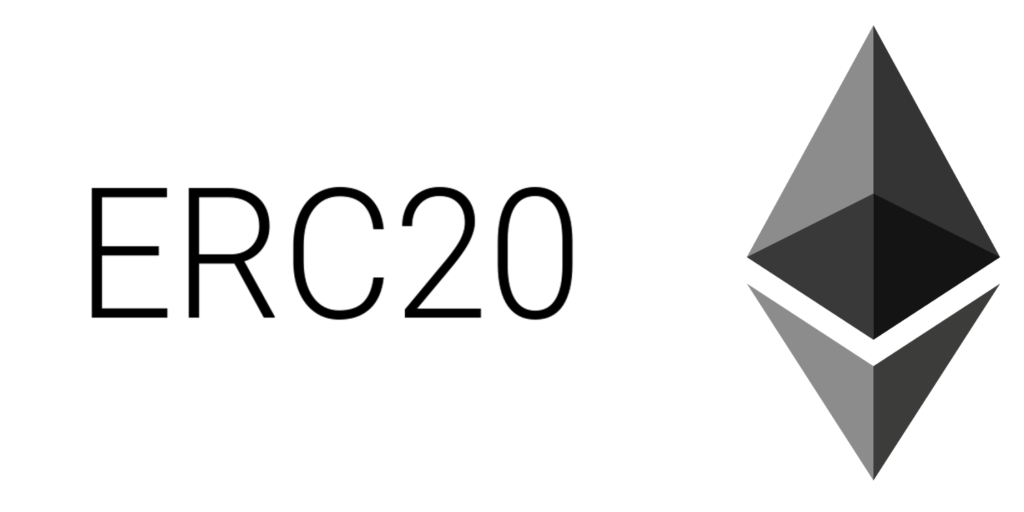The vast majority of ICOs are based on the Ethereum ERC20 standard. In this post we will talk about why ERC20 marked the breakthrough for blockchain tokens and opened the doors for the ICO´s.
The vast majority of the ICO tokens that are being carried out on these days are based on Ethereum. Why did Ethereum quickly become the standard for blockchain tokens, while people have developed and used token protocols for Bitcoin since 2013? The answer is the ERC20 standard.
By the end of 2015, the developers of Ethereum published the token standard ERC20; a “standard tokens interface” in the Ethereum blockchain. It provides basic functionality for transferring tokens, as well as allowing tokens to be approved so that other members of the chain can use them. The intention is to allow any token of Ethereum to be reused by other applications: from wallets to decentralized exchanges.
The success of ERC20 cannot be denied. They are supported by almost all the Ethereum wallets. Hundreds of ERC20 tokens have been created, some more valuable than most other ones, and most Altcoin exchanges allow the exchange of some ERC20 tokens. Undoubtedly, the standard format has become one of the most successful software implementations of cryptocurrencies. He became the winner of the tokens story in which Bitcoin never became.
With the Ethereum virtual machine You can create complex smart contracts and allow wallets to interact with them. While you can imagine a token in Bitcoin as notes with something written, the ERC20 contracts are more like a bookkeeper in the blockchain. An ERC20 contract maintains a book about each owner of the listing. It makes the token a native part of the blockchain’s data structure. Each node in the Ethereum network checks whether a miner has successfully executed a contract. They validate whether the token contract maintains the correct balances, whether the transactions are processed correctly, and so on.
Each activity of an ERC20 token is natively validated for each pair of the network. Pairs do not need to query external databases; you do not need to follow protocols at the top of Ethereum to match values or track transactions. They just need to check the status, as they do with any other standard transaction. That is why the integration of the ERC20 token into wallets is easy and friendly.
It is relatively easy to use an ERC20 token, actively and passively. Clients like Geth and Parity even have preformulated ERC20 contracts, which makes it essentially as easy to create a new token as creating a WordPress website.
However, for users, it is very easy to receive, store and transfer the token. Many wallets, for example, Ledger, Trezor, Jaxx or Exodus, admit some popular tokens. You can use them as if using other cryptocurrencies.
Ethereum customer parity refers to a decentralized registry in which some tokens are registered. It checks each user address with these contracts, and if it has a token, it automatically shows it in the wallet with its own token symbol. Each ERC20 contract listens to the same ABI. An ABI – an abbreviation for Application Binary Interface – is an interface that allows wallets to interact with smart contracts. Describe the commands that the contract can understand. Thanks to standardization, customers can simply contact contracts and test, if they work on the ERC20 ABI. If so, the wallet can use the token.
It is very convenient to use ERC20 to construct and process tokens in a blockchain. The last two years have impressively demonstrated the power of this: while the blockchain tab had almost no impact before ERC20, its role in the cryptocurrencies ecosystem has exploded since Ethereum released the standard.
The $ 2 billion that exaggerated publicity of ICO gave to the budgets of the startups, are mainly the result of the standardization of tokens by part of ERC20. And think that this story is just beginning.











